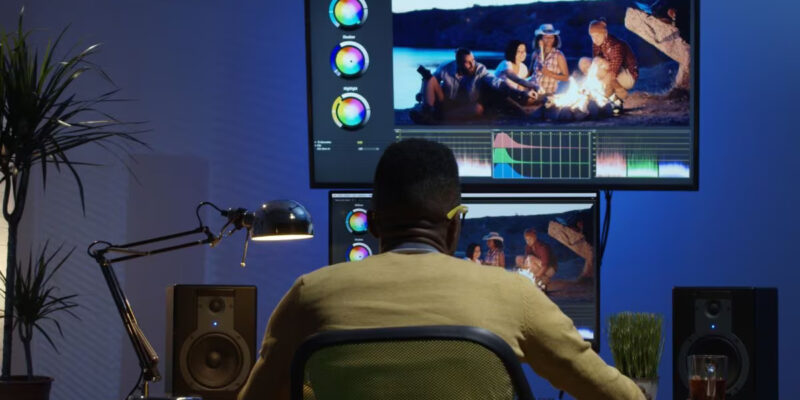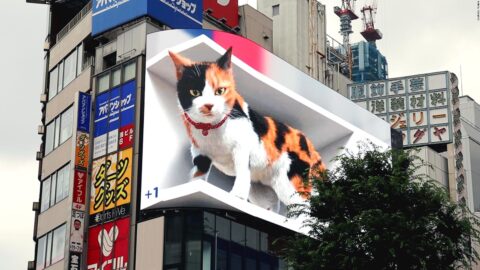Exploring Marketing Opportunities in 360° Virtual Reality Videos: The Future of Advertising
The Power of Augmented Reality in Modern Marketing

As technology continues to evolve, so do the ways in which marketers reach their target audiences. One of the most exciting developments in recent years is the emergence of augmented reality (AR) in advertising. AR allows consumers to interact with digital elements in the real world, and when combined with 360° virtual reality videos, it can create truly immersive and engaging experiences for viewers.
360° virtual reality videos are filmed using special cameras that capture a 360-degree view of a particular location or event. These videos can then be viewed using a VR headset, allowing the viewer to feel as if they are truly present in the scene. When combined with AR, viewers can interact with digital elements within the video, creating a unique and memorable experience.
One of the biggest benefits of 360° virtual reality videos is their ability to transport viewers to a specific location or event. For example, a travel company could create a 360° video of a popular tourist destination, allowing potential customers to experience the sights and sounds of the location from the comfort of their own home. This can be especially valuable for brands that rely on experiential marketing to showcase their products or services.
AR adds an extra layer of interactivity to 360° virtual reality videos, allowing viewers to engage with digital elements within the video. This could include anything from product demonstrations to interactive games or quizzes. By creating a more engaging and interactive experience, brands can increase the time that viewers spend engaging with their content, ultimately leading to increased brand awareness and conversions.
Another benefit of AR in advertising is its ability to provide valuable data insights. By tracking user interactions within the 360° video, brands can gain insights into what elements of their content are resonating with viewers and adjust their marketing strategy accordingly. This can help to optimize campaigns and ensure that marketing efforts are as effective as possible.
Of course, as with any new technology, there are challenges associated with implementing AR in advertising. One of the biggest challenges is creating content that is both engaging and informative. Brands must strike a balance between creating immersive experiences that capture viewer attention and providing valuable information that drives conversions.
Another challenge is the cost of creating high-quality AR content. While the technology has become more accessible in recent years, creating compelling AR experiences still requires a significant investment in terms of time, money, and resources.
Despite these challenges, the benefits of AR in advertising make it a technology that marketers cannot afford to ignore. By creating engaging and interactive 360° virtual reality videos that incorporate AR elements, brands can create unique and memorable experiences for their target audiences. These experiences can lead to increased brand awareness, engagement, and ultimately, conversions.
In conclusion, the future of advertising is exciting, with 360° virtual reality videos and augmented reality at the forefront of the industry. By combining these technologies, marketers can create truly immersive and engaging experiences that capture viewer attention and drive results. While there are challenges associated with implementing AR in advertising, the benefits make it a valuable tool for modern marketers looking to stay ahead of the curve.


